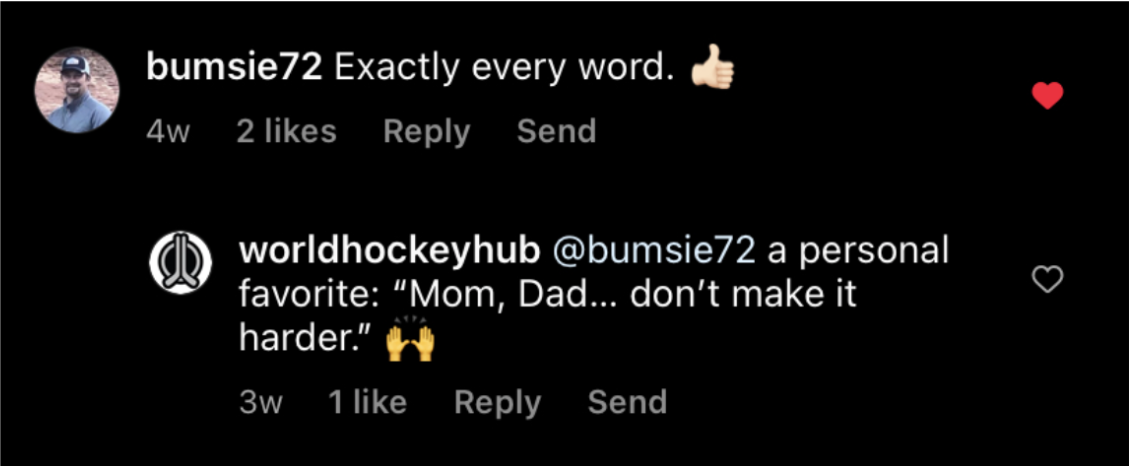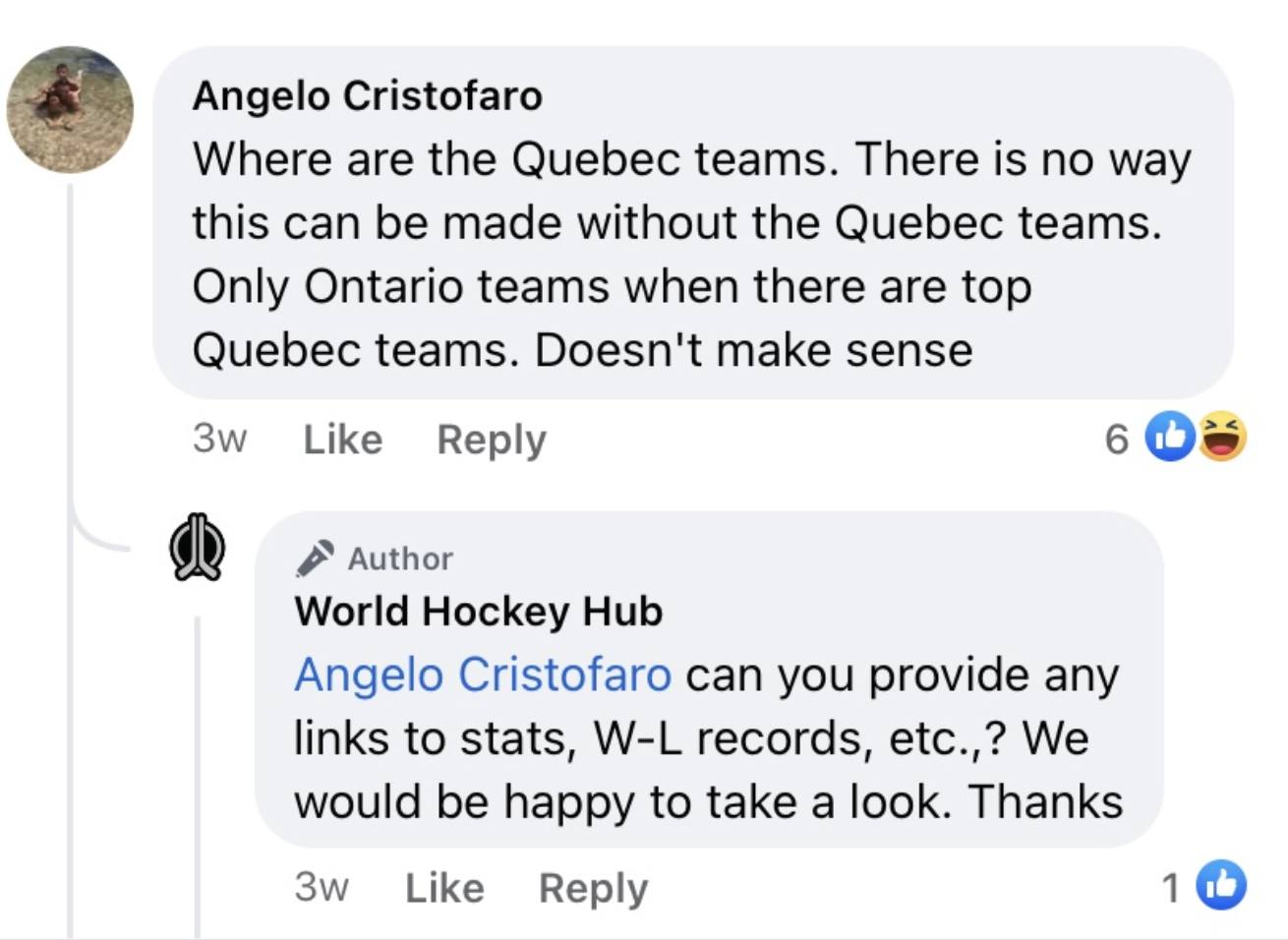
Social Media Engagement, How To Get More Of It
October 31, 2022 | Craig Peterson
One of our five non-negotiables for social media at IOI is ‘No comment or DM goes unresponded.’ As leaders in the social space, we’re constantly looking for ways to get our followers to engage with our content. So when they do, we have to re-engage with them.
Small-business brands don’t have the luxury of an ESPN or Nike or Netflix that draw thousands of comments, responses, retweets and shares simply by hitting ‘post.’ For those of us with a more niche audience of 200-300, or even a couple thousand, any engagement is gold. It should be treated as such, whether those comments are positive or negative.
No engagement is bad engagement, in my book. Someone responds positively to your post and says, “Yes! I love it.”… Great! What specifically do they love about it? Them expanding upon the post in their own words adds more substance. “Oh this sucks”…I’m sorry you feel that way, what can we do to improve? It’s an opportunity for you to go deeper into your own content. If they respond, great. Now one comment turned into three comments. If they don’t respond, at least we tried. Not to mention, the next person to come across that piece of content now sees we have the decency to respond and engage.
According to Convince&Convert, answering a complaint on social media can increase customer advocacy by as much as 25 percent. Conversely, not answering can decrease by as much as 50 percent.
Engagement Leading To Engagement
Small businesses on limited marketing budgets are starved for organic reach on social media. What helps improve your post’s organic reach? Engagement!
Facebook uses meaningful engagement as an important signal that a post should be prioritized. The more engagement, the more your organic reach increases. Engagement can come in the form of likes, favorites, comments, DMs, replies, shares, retweets, saves, clicks and mentions.
Here’s a real-world example of where I engaged with our followers and it led to additional engagement:

We interviewed the U.S. Hockey National Team Development Program’s (USNTDP) director of player personnel, and he was full of great quotes. I assembled some of those quotes into a carousel post on Instagram that netted some great engagement.
One follower liked the post (one engagement). He then commented on the post (second engagement). He commented on the post a second time (third engagement). We ‘liked’ his comment (fourth engagement). He ‘liked’ his own comment (fifth engagement). We replied to his comment (sixth engagement). A different person ‘liked’ our response (seventh engagement).
This sequence of events was one of five interactions we had with our followers on this particular post. It ultimately netted 507 engagements and 4,349 accounts reached; all organic.
Turning Negative Engagement into Positive Interaction
Social media can be nasty. It’s easier for users to ‘hate on’ a piece of content they don’t like than to lift up content they do enjoy. I’m fine with people disagreeing or voicing their displeasure with my content; I actually welcome opposing comments or negative feedback. As long as you don’t allow yourself to get sucked into the rabbit hole, there’s a lot of positivity that can come from dissenting viewpoints.
Recently, we’ve made a push encouraging people to create an account to access content on our website. This particular social media post made mention of that. One user was quick to accuse us of it being a money grab. This gave us an opportunity to set the record straight, and reiterate to our audience that it was free to register and the benefits of doing so.

Similarly, another member was unable to create an account. Engaging in this back-and-forth provides assistance to Tony and gets him set up properly. It also helps us correct any problems in the process for future registrants.
Engagement is only negative if you never address it. Letting critical comments go unanswered allows others to tell your story. By responding in a timely and appropriate manner, it turns those negative interactions into positives.
Crowd-sourcing Information Through Engagement
We’re all experts in our field. However, no matter how well-versed or experienced we are, nobody knows it all.
Some of the most valuable engagements I’ve had with our followers is when I check my ego at the door. Am I an expert in this space? I’d like to think so! I can also accept the fact that there are a lot of areas where the audience may know more than the presenter.

In this case, our social media post made reference to top youth hockey teams in Canada. One user ‘called us out’ so to speak on our lack of Quebec representation. Be comfortable in acknowledging your shortcomings. We didn’t know much about teams in Quebec, so I prodded for more information. Angelo, Scott and Gabriel – while they may have been displeased with the lack of Quebec teams – were happy to provide us with accurate information.
First of all, they’re engaging with the content and commenting and others are liking their comments. Second, they’re providing us with information we didn’t have before. Third, now we have more information to create more content that we know resonates with our followers. Let’s Work Together
